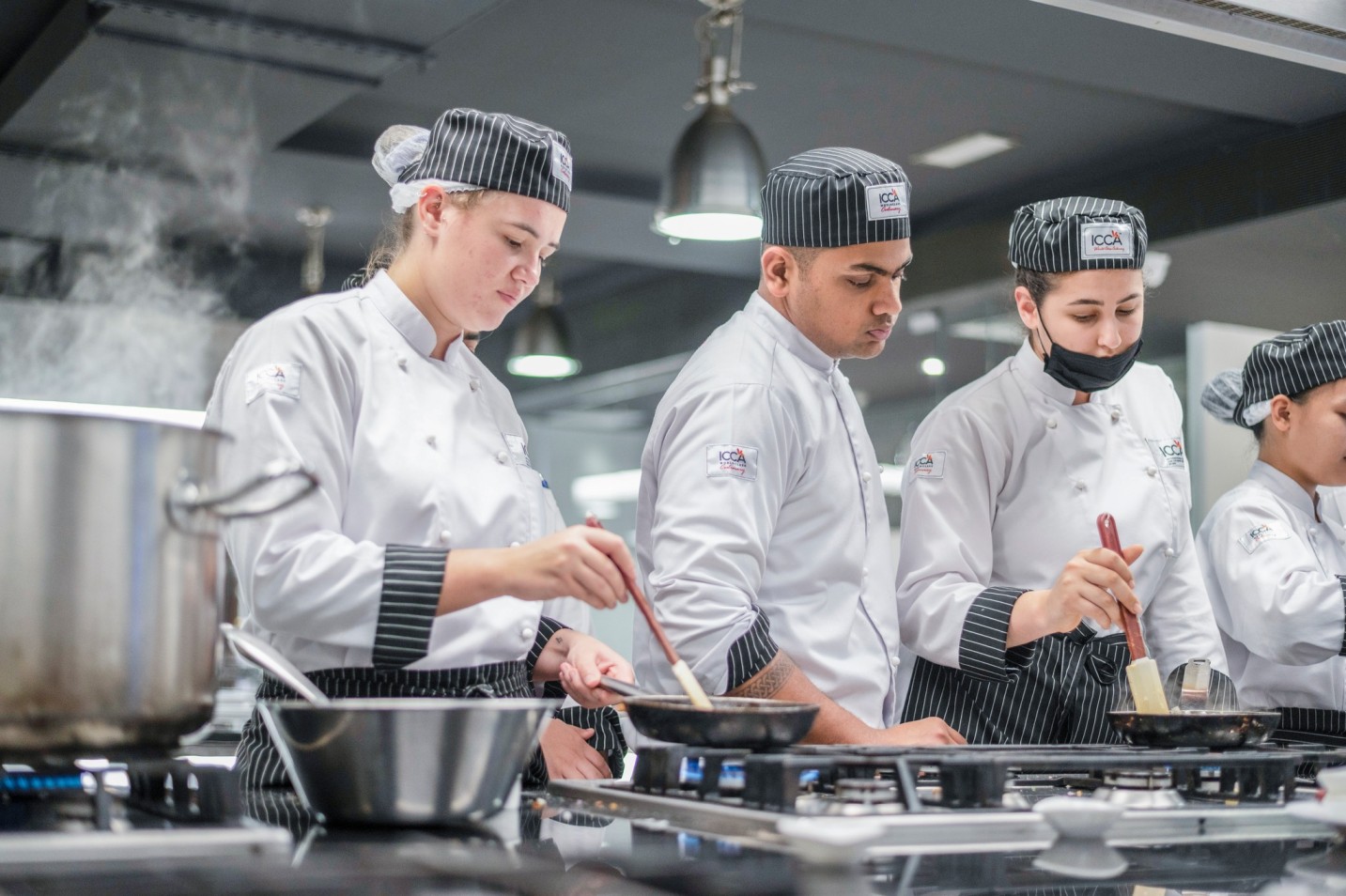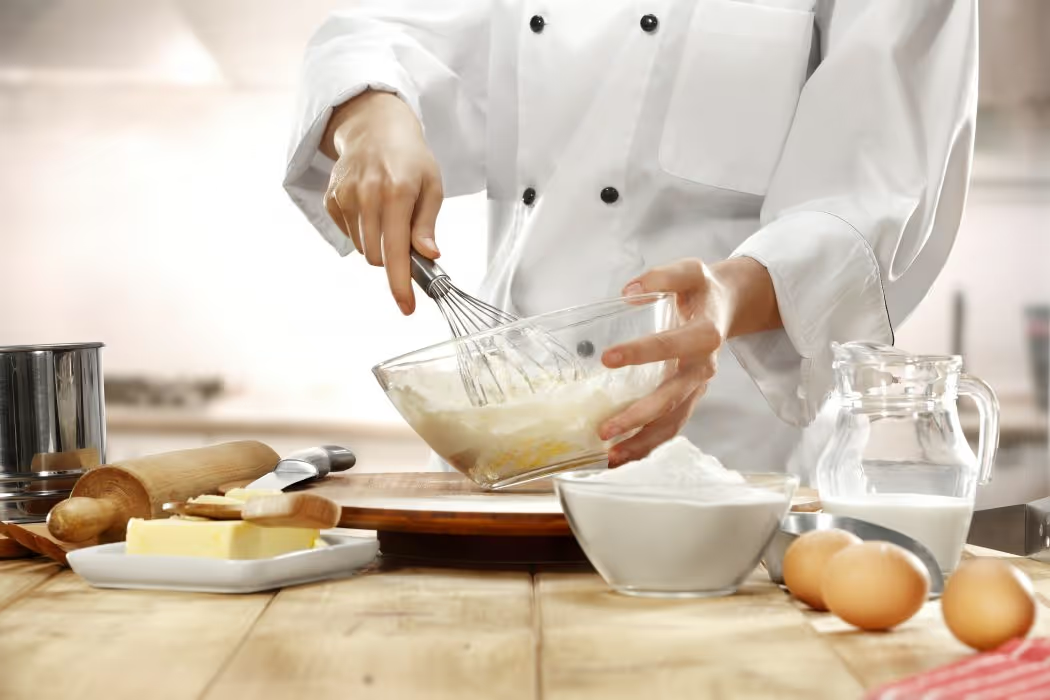A fine diner’s experience is entwined with what they see on the plate, and this visual experience helps determine a person’s opinion of how the food is going to taste. This actually forms the basis for all the fine dining restaurants the world over.
Food is one thing that we know that uses all of our five senses.
Be it the aromas of those delicate flavors slowly wafting up into our face, or the taste buds it tingles as we take a nibble; from its different varied textures to the touch or the feel of it on the palate. To the way, we see the raw and cooked delicacies, and the sound we hear when we bite into a morsel.
Well, it turns out that out of the five senses, we first eat with our eyes. A study conducted by the Polytechnic University of Valencia and Oxford University, published in the Journal of Sensory Studies, has determined that how a dish looks or the color of the vessel or plate can change the perceived flavors of the dish – it may even enhance some flavors over others!
A diner’s experience is entwined to what they see on the plate, and this visual presentation will determine a person’s opinion of how the food is going to taste. This forms the basis for gourmet restaurants everywhere. Great care is taken when “plating” a dish with painstaking detail. Concentric swirls of chocolate, a swish of sauce or a complementary garnish – all of these elements are carefully thought about to maximize the visual pleasure of the dish. Food heaped onto the plate randomly; vis-a-vis a pleasing and artful arrangement can make people happy through psychological and digestive wellness.
When you are seated at one of these fine dining establishments, and the server places the plate in front of you – it’s because that is how the chef intended for you to first view the dish and maybe it is even meant to entice you to start eating it in a specific way. No sooner has the dish been placed before you, all you can sense is what you see – the beauty of all things put together, the play of negative space on the plate, the delicate balance of tastes, colors and textures, much like a painter’s palette.
Achieving both an aesthetic look and taste is the Holy Grail at the ICCA kitchen. Our expert Chef trainers and the intensive hands-on professional programs equip our students with visual techniques and strategies to present food that is art-inspired. Food, after all, should not only gratify a person’s appetite but also communicate feelings and sensations that are out of the ordinary.








